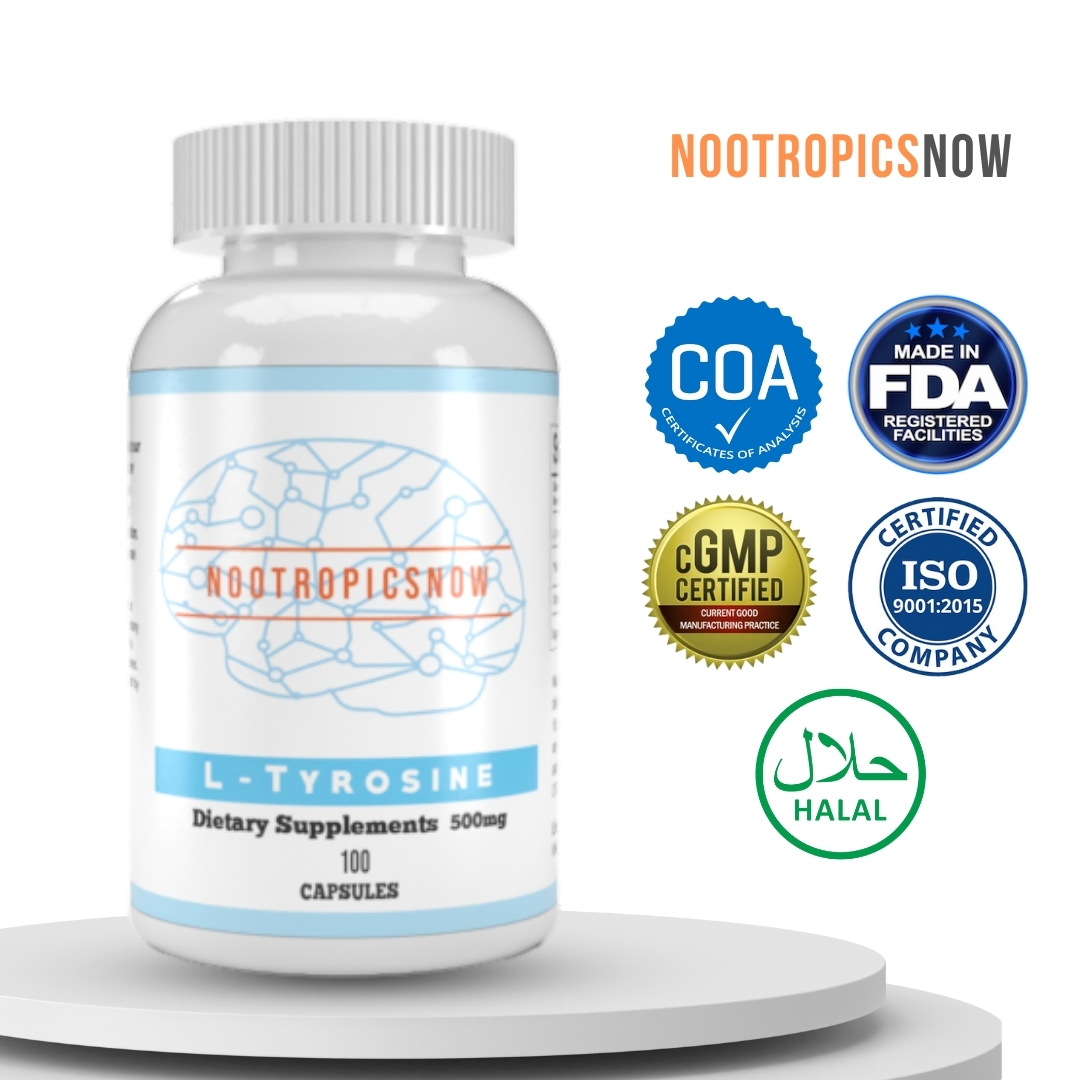Strattera Max Dosage: What You Need to Know

Strattera Max Dosage: A Comprehensive Guide to Safe and Effective Treatment
Strattera (atomoxetine) stands out as a non-stimulant medication frequently prescribed for managing Attention-Deficit/Hyperactivity Disorder (ADHD) across various age groups. Unlike stimulant-based ADHD treatments, Strattera impacts neurotransmitters in the brain differently, making it a suitable option for individuals who may not tolerate stimulants well or have a history of substance abuse. However, to ensure optimal therapeutic outcomes while mitigating potential adverse effects, understanding the appropriate Strattera max dosage is paramount. This guide offers a detailed exploration of Strattera dosage guidelines, factors influencing these recommendations, and essential considerations for both children and adults.
Understanding Strattera and its Mechanism of Action
Before delving into specific dosage recommendations, grasping Strattera’s mechanism of action is crucial. Strattera selectively inhibits the reuptake of norepinephrine, a neurotransmitter involved in attention, focus, and impulse control. By blocking norepinephrine reuptake, Strattera increases its availability in the synaptic cleft, thereby enhancing neurotransmission and alleviating ADHD symptoms. This mechanism differs significantly from stimulant medications, which primarily affect dopamine and norepinephrine by increasing their release and inhibiting their reuptake. As a non-stimulant, Strattera doesn’t carry the same risk of dependence and abuse associated with stimulants, making it a safer alternative for certain populations.
Strattera Max Dosage Guidelines: A Detailed Overview
The appropriate Strattera max dosage depends on several factors, including age, weight, individual response, and the presence of other medical conditions. Healthcare providers carefully tailor the dosage regimen to meet each patient’s unique needs.
Adults: Initiating and Adjusting Strattera Dosage
For adult patients, the typical initial Strattera dosage is 40 mg per day. Usually, this is taken once in the morning to provide consistent coverage throughout the day. After a minimum of three days, the dose may be adjusted upwards, aiming for a target dosage of 80 mg daily. This titration approach allows the body to acclimate to the medication, minimizing potential side effects during the initial phase of treatment.
If a patient doesn’t exhibit an adequate response after two to four weeks at the 80 mg dosage level, a healthcare provider might consider further escalating the dosage to the Strattera max dosage of 100 mg per day. It’s crucial to emphasize that any dosage adjustments should be made under strict medical supervision, considering the individual’s response and tolerance.
Children and Adolescents: Weight-Based Dosage Considerations
In children and adolescents, Strattera dosage is generally determined based on body weight. This approach ensures that the medication is appropriately dosed according to the child’s physiological makeup.
The initial dosage for these children is approximately 0.5 mg per kg of body weight per day. This dose is usually administered once in the morning. After a minimum of three days, the dosage can be increased to a target level of 1.2 mg per kg of body weight daily. However, the Strattera max dosage for this group is capped at 1.4 mg per kg of body weight or 100 mg, whichever is less. This upper limit is critical for preventing potential adverse effects.
For children who weigh more than 70 kg, the dosage recommendations mirror those of adults. They typically start with 40 mg daily and may increase to 80 mg or 100 mg, depending on the treatment response and tolerability.
Dosing Schedules: Once-Daily vs. Twice-Daily Administration
Strattera can be administered either once or twice daily. The decision depends on several factors, including patient preference, symptom control, and the occurrence of side effects.
Special Populations: Hepatic Impairment and Dosage Adjustments
Individuals with hepatic impairment (liver problems) may require dosage adjustments due to altered drug metabolism. The severity of liver impairment dictates the extent of dosage reduction.
Healthcare providers carefully assess liver function through appropriate laboratory tests before initiating Strattera treatment in these patients. Regular monitoring of liver function is also essential during treatment to ensure safety and efficacy.
Factors Influencing Strattera Max Dosage
Several factors influence the decision regarding the appropriate Strattera max dosage for an individual. These factors include:
Potential Side Effects of Strattera and Strategies for Management
While Strattera is generally well-tolerated, it can cause side effects in some individuals. The most common side effects include:
Strategies for managing these side effects include:
In rare cases, Strattera can cause more serious side effects, such as:
Patients should seek immediate medical attention if they experience any of these serious side effects.
Monitoring and Evaluation During Strattera Treatment
Regular monitoring and evaluation are essential during Strattera treatment to ensure safety and efficacy. This includes:
Based on the monitoring and evaluation results, the healthcare provider may adjust the Strattera dosage, add or remove other medications, or recommend alternative treatment options.
Discontinuation of Strattera Treatment: A Gradual Approach
Discontinuation of Strattera treatment should be gradual to minimize the risk of withdrawal symptoms or a rebound of ADHD symptoms. Healthcare providers typically recommend tapering the dosage over several weeks or months, depending on the individual’s response to the medication and the duration of treatment.
During the tapering process, healthcare providers monitor for any signs of withdrawal or symptom rebound and adjust the tapering schedule as necessary. Patients should not discontinue Strattera treatment abruptly without consulting their healthcare provider.
Strattera and Pregnancy: Weighing the Risks and Benefits
The use of Strattera during pregnancy is a complex issue that requires careful consideration of the potential risks and benefits. There is limited data on the safety of Strattera during pregnancy, and it is not known whether the medication can harm the developing fetus.
Healthcare providers typically recommend that pregnant women or women planning to become pregnant discuss the risks and benefits of Strattera treatment with their healthcare provider. In some cases, the benefits of continuing Strattera treatment may outweigh the risks, especially if the patient’s ADHD symptoms are severe and impair their ability to function.
Strattera and Breastfeeding: Considerations for Nursing Mothers
Strattera is excreted in breast milk, and it is not known whether the medication can harm the nursing infant. Healthcare providers typically recommend that breastfeeding mothers discuss the risks and benefits of Strattera treatment with their healthcare provider.
In some cases, the benefits of continuing Strattera treatment may outweigh the risks, especially if the mother’s ADHD symptoms are severe and impair her ability to care for her infant. If the mother decides to continue Strattera treatment while breastfeeding, the healthcare provider may recommend monitoring the infant for any signs of side effects, such as irritability, poor feeding, or changes in sleep patterns.
Conclusion: Optimizing Strattera Treatment for Individual Needs
Determining the appropriate Strattera max dosage is a crucial aspect of ADHD treatment. By carefully considering individual factors, such as age, weight, individual response, and the presence of other medical conditions, healthcare providers can tailor the dosage regimen to meet each patient’s unique needs. Regular monitoring and evaluation are essential to ensure safety and efficacy throughout the treatment process. Patients should work closely with their healthcare providers to optimize Strattera treatment and achieve the best possible outcomes.
Strattera Max Dosage: Understanding the Optimal Treatment for ADHD
Strattera, known generically as atomoxetine, offers a non-stimulant approach to managing Attention-Deficit/Hyperactivity Disorder (ADHD). It distinguishes itself from traditional stimulant medications by working on a different neurotransmitter system in the brain. Consequently, understanding the maximum dosage of Strattera becomes crucial for achieving therapeutic benefits while mitigating potential adverse effects. This section delves into the specifics of Strattera’s maximum dosage, factoring in age, weight, and individual health considerations.
Determining the Appropriate Strattera Dosage
Achieving the ideal Strattera dosage requires careful consideration. Healthcare professionals typically initiate treatment with a lower dose, gradually adjusting it upwards to the optimal level. This process ensures the medication is effective while minimizing potential side effects. The starting and maximum dosages differ between adults and children, reflecting the variations in body weight and metabolic processes. Furthermore, specific medical conditions, especially those affecting liver function, necessitate additional adjustments to the standard dosage recommendations.
Maximum Dosage for Adults
For adult patients, healthcare providers generally begin with a Strattera dosage of 40 mg per day. It is taken orally once in the morning. After a minimum of three days, doctors may increase this dose to a target of 80 mg per day, which can be administered either as a single daily dose or divided into two smaller doses taken in the morning and late afternoon. If the patient’s response to the medication is deemed inadequate after two to four weeks, the healthcare provider may consider a further increase. The maximum daily dose of Strattera for adults is typically capped at 100 mg. This dosage is intended to provide the most significant therapeutic benefits while minimizing the risk of adverse reactions.
Maximum Dosage for Children and Adolescents
The approach to dosing Strattera in children and adolescents differs considerably. It relies heavily on the patient’s body weight. For children weighing 70 kg (approximately 154 lbs) or less, the initial dosage is generally set at approximately 0.5 mg per kilogram of body weight each day. This dose is taken once in the morning. After a minimum of three days, the healthcare provider may increase the dosage to a target of 1.2 mg per kilogram per day. The maximum recommended daily dose for this patient group is 1.4 mg per kilogram or 100 mg, whichever is lower.
For children and adolescents weighing more than 70 kg, the dosing guidelines mirror those for adults. Healthcare professionals usually initiate treatment at 40 mg per day, potentially escalating to 80 mg or, in some cases, up to 100 mg as required. Consistent monitoring is vital. This ensures the effectiveness of the medication. It also minimizes the risk of adverse effects. Regular check-ups and assessments are essential to refine the treatment plan as the child grows and develops.
Dosage Adjustments Based on Hepatic Impairment
Hepatic impairment, or liver dysfunction, profoundly affects how Strattera is metabolized and cleared from the body. Consequently, individuals with liver issues require cautious dosage adjustments. Healthcare providers must carefully assess the severity of the liver impairment. They must adjust Strattera dosages to prevent the accumulation of the drug. This accumulation can lead to elevated risks of adverse reactions.
For individuals with moderate hepatic impairment, classified as Child-Pugh Class B, the recommended initial dosage should be reduced to 50% of the standard recommended dosage. The maximum daily dose for this group should also be capped at 50% of the standard maximum. This cautious approach minimizes the risk of adverse effects linked to impaired liver function.
Patients with severe hepatic impairment, classified as Child-Pugh Class C, require even more drastic dosage reductions. For this patient group, doctors should reduce both the initial and maximum daily dosages to only 25% of the standard recommended levels. Regular monitoring of liver function is crucial. This ensures that the medication remains safe and effective without placing undue stress on the compromised liver.
Individuals who struggle with focus can consider supplements like L-Tyrosine which can be beneficial.

View Product
Safety Considerations for Maximum Dosage
While reaching the maximum recommended dose might appear necessary for optimal treatment, it’s paramount to approach this cautiously. The safety and tolerability of Strattera dosages exceeding 120 mg in a single dose or 150 mg total daily dosage have not been extensively evaluated in controlled clinical trials. Therefore, healthcare providers generally avoid prescribing dosages above these levels. They do this to mitigate potential unknown risks.
Careful monitoring for adverse effects is essential. It is especially important when patients approach the maximum dosage. Common side effects associated with Strattera include nausea, vomiting, fatigue, dizziness, and mood changes. Should severe or persistent side effects occur, healthcare providers must promptly reassess the treatment plan. Dosage reductions or alternative treatment strategies might become necessary.
Administration Guidelines for Strattera
Proper administration of Strattera is essential for maximizing its therapeutic benefits. It is also important to minimizing potential adverse effects. Strattera capsules should be swallowed whole. They should be taken with a glass of water or another beverage. Patients must avoid chewing, crushing, or opening the capsules. Breaking the capsule can affect the rate and extent of drug absorption. This can lead to unpredictable therapeutic outcomes or increased risks of side effects.
Strattera can be taken either once or twice daily, as directed by the healthcare provider. Patients usually take the first dose in the morning. When prescribed twice daily, the second dose is generally taken in the late afternoon or early evening. Adhering to a consistent dosing schedule is essential. It helps to maintain stable drug levels in the bloodstream and ensures consistent symptom control throughout the day.
Monitoring and Adjusting Strattera Dosages
Effective ADHD management with Strattera requires ongoing monitoring and periodic dosage adjustments. Healthcare providers must closely monitor the patient’s response to the medication. They need to evaluate symptom improvements, side effects, and overall well-being. It might take one to two weeks before patients notice any symptom improvement. Significant symptom improvement might take four to six weeks or longer.
Healthcare providers will adjust Strattera dosages based on individual needs. They consider factors like symptom severity, treatment response, tolerability, and potential drug interactions. Regular follow-up appointments are essential. These allow healthcare providers to assess treatment progress, address any concerns, and fine-tune the dosage to achieve optimal symptom control.
Strattera and Potential Drug Interactions
Strattera’s effectiveness and safety can be influenced by interactions with other medications. Certain drugs can either increase or decrease Strattera levels in the body. This can lead to undesirable effects.
For instance, strong CYP2D6 inhibitors, like paroxetine and fluoxetine, can elevate Strattera levels. This increases the risk of adverse effects. Healthcare providers should exercise caution when prescribing Strattera alongside these medications. They might need to adjust the Strattera dosage accordingly.
Patients should inform their healthcare providers about all medications, supplements, and herbal products they are taking. This will allow the provider to assess potential drug interactions and make informed treatment decisions.
To improve focus and cognitive function, consider supplements like Ginkgo Biloba.

View Product
Strattera Overdose: What to Do
Strattera overdose can result in serious health consequences. It is crucial to recognize the signs of an overdose and seek immediate medical attention. Symptoms of a Strattera overdose can include hyperactivity, agitation, gastrointestinal distress, tremors, and seizures. In severe cases, it can lead to cardiovascular complications.
If a Strattera overdose is suspected, it is crucial to contact emergency medical services or immediately transport the individual to the nearest hospital. Supportive care will be administered. This aims to manage symptoms and stabilize vital functions. Prompt medical intervention can help prevent severe complications and ensure a positive outcome.
Combining Strattera with Other ADHD Treatments
In some cases, healthcare providers might consider combining Strattera with other ADHD treatments. It can be combined to achieve optimal symptom control. Combining it with behavioral therapy can produce powerful results. This combination involves strategies to manage behavior and enhance coping skills. Combining Strattera with stimulant medications is less common. This combination is usually reserved for cases where monotherapy has proven insufficient. Careful monitoring is necessary. It is important to identify potential interactions. Also, it is important to track adverse effects.
Strattera and Pregnancy: Risks and Considerations
The safety of Strattera use during pregnancy has not been extensively evaluated. Limited human data exists. Animal studies have shown potential risks to the developing fetus. Pregnant women, or those planning to become pregnant, should discuss the potential risks and benefits of Strattera treatment with their healthcare providers. Alternative ADHD treatment strategies may be preferable.
Long-Term Use of Strattera
Strattera is generally considered safe for long-term use when prescribed and monitored by a healthcare professional. However, regular assessments are necessary. These need to monitor its effectiveness and potential side effects over time. Long-term studies of Strattera in adults have shown that it remains effective in managing ADHD symptoms for extended periods.
To help stabilize mood consider supplements like St. John’s Wort.

View Product
Discontinuing Strattera Treatment
When discontinuing Strattera treatment, it is important to do so gradually. A sudden cessation can lead to withdrawal symptoms or a rebound of ADHD symptoms. Healthcare providers can provide guidance. This guidance will help taper the dosage slowly. This helps to minimize potential discomfort.
Strattera Max Dosage: Key Takeaways
Determining the Strattera max dosage requires careful consideration. Factors include age, weight, liver function, and drug interactions. The typical maximum daily dosage is 100 mg. The safety of higher doses has not been thoroughly evaluated. Careful monitoring and dosage adjustments are essential. This will ensure effective treatment and minimize potential adverse effects. Patients should always adhere to their healthcare provider’s instructions. They should also promptly report any concerning symptoms or side effects.


